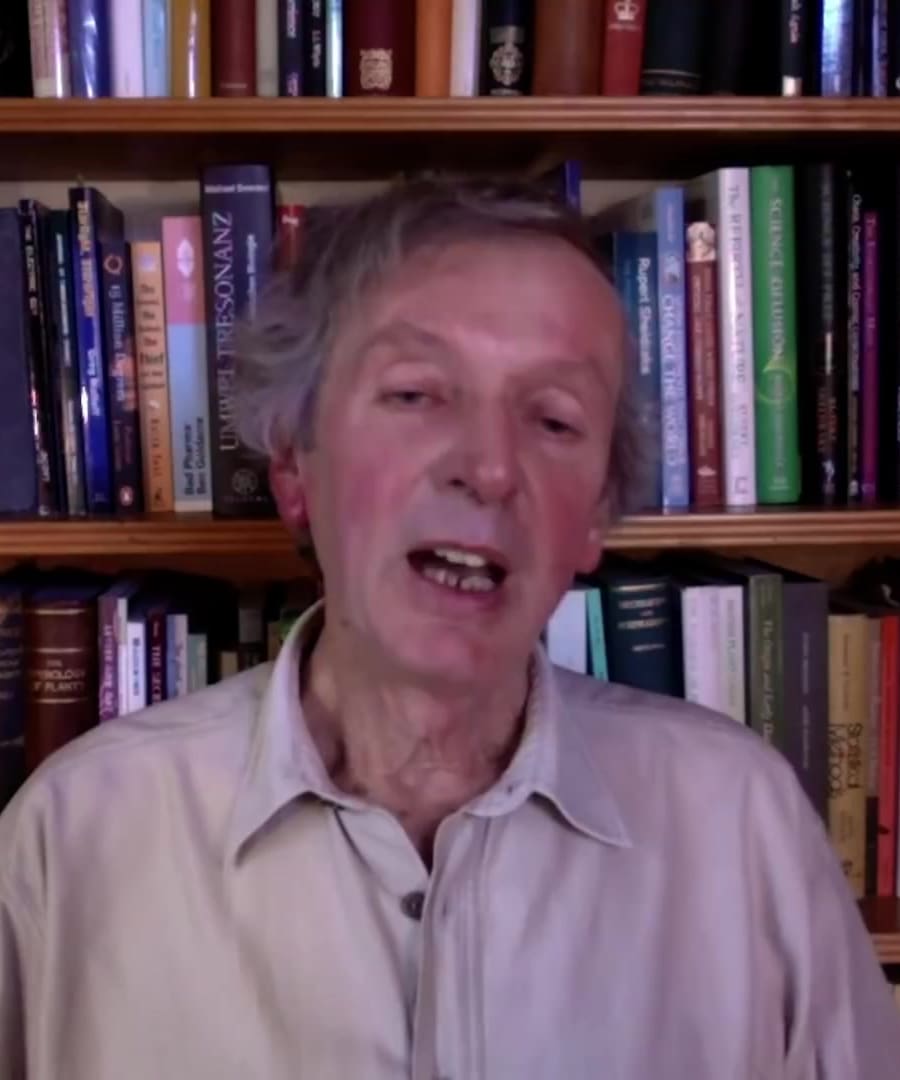What is morphic resonance theory?
Sources:
The theory of morphic resonance was conceptualized by Dr. Rupert Sheldrake, a biologist. According to this theory, patterns of behavior, learning, and habits can be transferred through fields of energy across time and space, affecting others within the same species. This non-local form of memory is not stored in genes or the brain; instead, it relies on resonance within these fields, similar to how television signals are received by TVs.
Morphic resonance is accomplished through "morphic fields," which are fields within and around all self-organizing systems like organisms, plants, cells, and even crystals. These fields inherit a memory from similar past forms, facilitated by this morphic resonance. This produces a collective memory system where, for instance, when one individual learns something new, this knowledge can become available to others over time through this field.
An example illustrating the theory is when different populations of a species, such as birds learning to exploit a new food source, appear to learn from one another's experiences despite being separated by distance and without any physical contact—known as the hundredth monkey effect. The same theory also extends to explain phenomena in human culture, and it may have implications for understanding the interconnectedness of consciousness 1 2 3 4 5.
RELATED QUESTIONS



